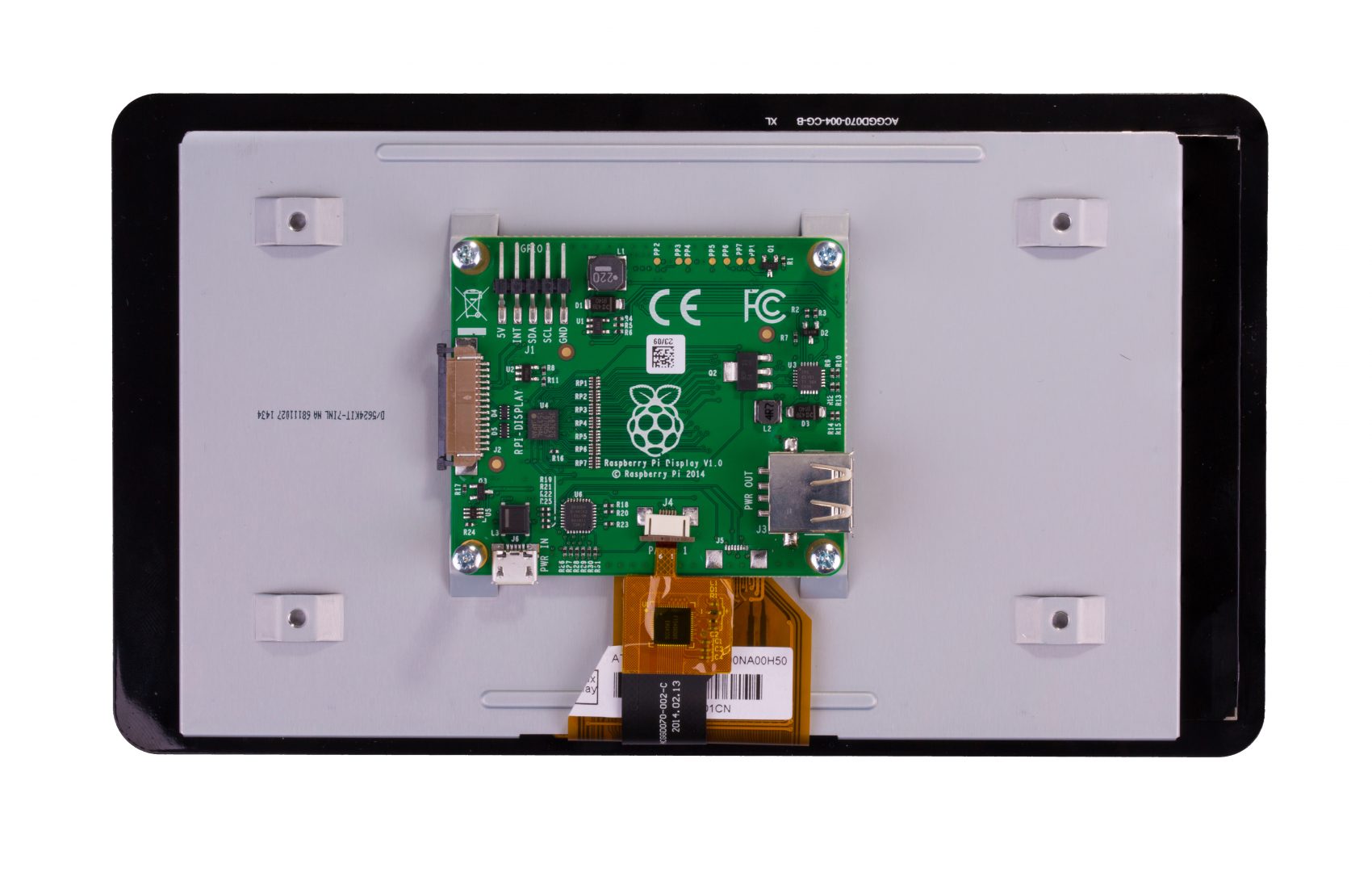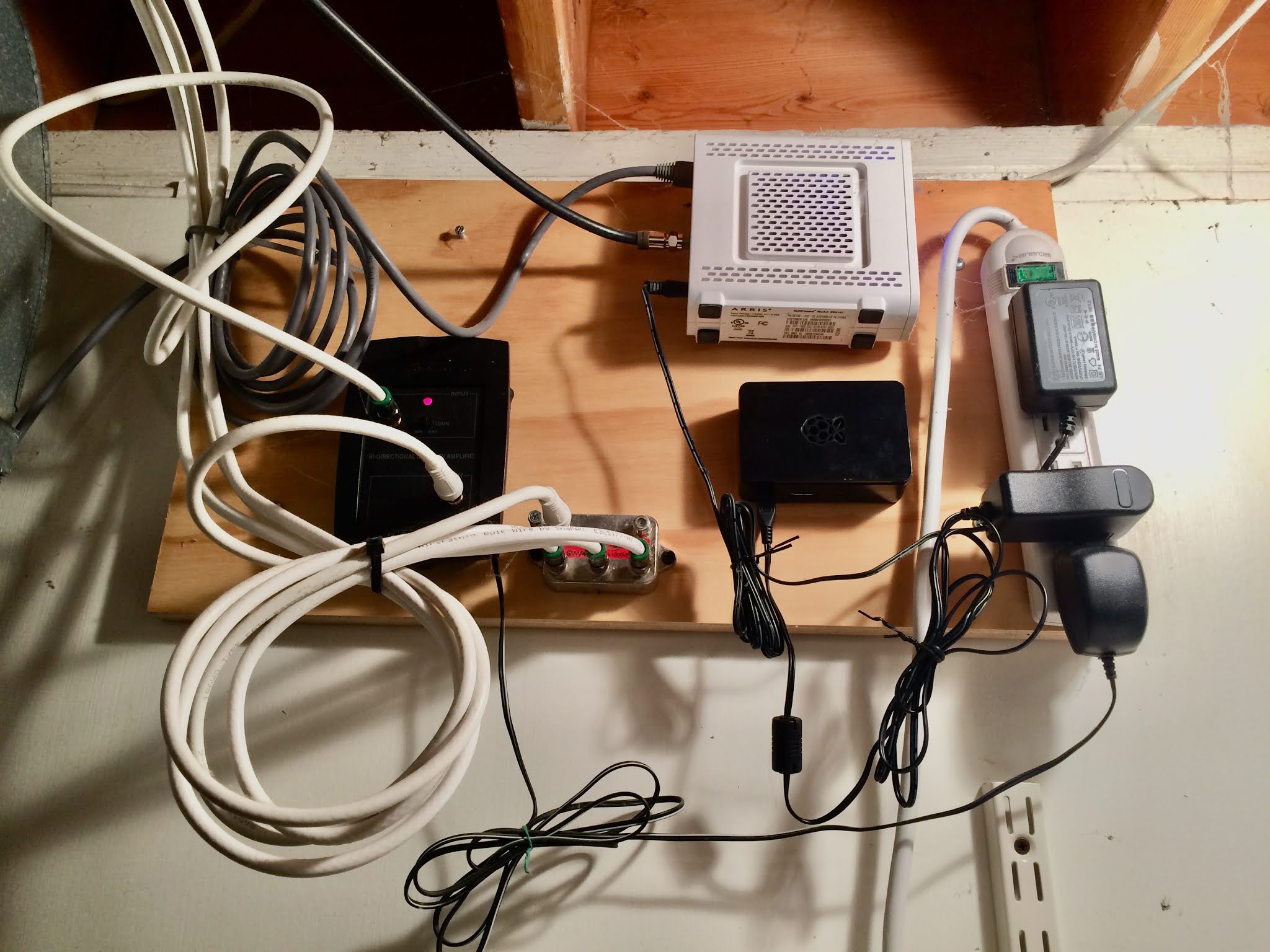Easy Raspberry Pi Remote Monitoring: Free Apps & Setup Tips!
Ever wished you could keep tabs on your Raspberry Pi project while sipping coffee miles away? The power to do so is not a futuristic fantasy, but a tangible reality. With the right free app, monitoring your Raspberry Pi remotely is not only possible but surprisingly simple. Forget complex setups and impenetrable tech jargon; this is about giving you the reins, wherever you are.
In an era defined by smart solutions, remote monitoring emerges as a true game-changer. Imagine running a sophisticated home automation system, meticulously tracking weather patterns, or maintaining a vigilant security setup, all while retaining complete flexibility and control through a free app. It's akin to having a digital command center in your pocket, ready to spring into action at a moment's notice.
| Aspect | Details |
|---|---|
| Concept | Remote Monitoring of Raspberry Pi |
| Definition | Accessing data, performance metrics, and system status of a Raspberry Pi from a remote location without physical presence. |
| Benefits | Efficiency, convenience, troubleshooting capabilities, remote software updates, data collection from hard-to-reach locations. |
| Primary Goal | To provide users with the ability to monitor and control their Raspberry Pi projects from anywhere in the world. |
| Typical Applications | Home automation, weather stations, security systems, server monitoring, IoT deployments. |
| Essential Tools | VNC Viewer, SSH (Secure Shell), web-based dashboards (Flask, Node.js), terminal apps. |
| Security Considerations | Strong passwords, firewalls, regular software updates, limiting access to trusted devices and users, encryption. |
| Setup Requirements | Installation of server software on Raspberry Pi, client app on device, network configuration, port forwarding (for remote access outside local network). |
| Common Issues | Connection problems, slow performance, security breaches; solutions include checking network settings, optimizing app settings, using strong passwords, and enabling two-factor authentication. |
| Key Features to Look For | Real-time updates, security features (encryption), multi-device compatibility, easy-to-use interface, customization support. |
| Reference | Raspberry Pi Official Website |
However, not all apps are created equal. The ideal choice should be dependable, user-friendly, and, crucially, available at no cost. This guide serves as your compass, delving deep into the premier options, providing step-by-step setup instructions, and explaining precisely why each is worth your consideration. Prepare for an in-depth exploration of the realm of remote Raspberry Pi monitoring.
- Hdhub4u Free Movies Is It Safe What You Need To Know
- Mr Bean Death Hoax Why Rowan Atkinson Is Still Alive Well
Consider this guide your direct route to expertise, brimming with practical advice, comprehensive instructions, and insights that will transform you into a remote monitoring aficionado in record time. So, let's embark on this journey together and unlock the full potential of your Raspberry Pi.
- Introduction
- What Is Remote Monitoring for Raspberry Pi?
- Best Free Apps for Monitoring Raspberry Pi Remotely
- Step-by-Step Setup Guide
- Key Features to Look For
- Benefits of Remote Monitoring
- Common Issues and Troubleshooting
- Security Tips for Remote Access
- Comparison Chart of Free Apps
- Conclusion
What Is Remote Monitoring for Raspberry Pi?
To begin, let's define our terms. Remote monitoring for Raspberry Pi essentially involves gaining access to your Pi's operational data, performance metrics, and overall system status from anywhere on the globe, without needing to be physically present. Visualize it as equipping your Raspberry Pi with a virtual tether, enabling you to check in at your convenience.
The allure of remote monitoring extends beyond mere convenience; it unlocks unparalleled efficiency. Imagine the ability to resolve technical issues, deploy software updates, or collect vital data, all without leaving your preferred workspace. This is particularly invaluable if your Pi is deployed in a challenging location, such as a remote server room or an outdoor environmental monitoring station.
- Hdhub4u 2025 Your Ultimate Streaming Guide Tips Tricks
- Ullu Web Series Your Ultimate Guide To Download Streaming Now
While the market offers a plethora of apps and tools, identifying the ideal solution can feel like navigating a labyrinth. This guide is designed to light your path, helping you to evaluate the various options and select the perfect match for your specific requirements.
Best Free Apps for Monitoring Raspberry Pi Remotely
The world of free apps for remote monitoring is abundant. Here are some top contenders, all available without incurring any cost:
1. VNC Viewer
VNC Viewer remains a classic, reliable option for gaining remote desktop access. It grants you complete visibility and control over your Raspberry Pi's desktop environment, as if you were physically seated before it. The app is freely available for personal use across a multitude of platforms, encompassing Windows, macOS, Android, and iOS.
Key features include:
- Real-time screen sharing
- Keyboard and mouse control
- Support for multiple devices
2. SSH (Secure Shell)
While not a traditional app in the conventional sense, SSH provides a robust means of gaining remote command-line access. Through SSH, you can establish a secure connection to your Raspberry Pi via a terminal interface, enabling you to execute commands as if you were logged in directly. It is renowned for its security, speed, and widespread compatibility.
Why choose SSH?
- Lightweight and efficient
- Encrypted communication
- Works on almost any device
3. Web-based Dashboards
For those with web development experience, building a custom dashboard using frameworks like Flask or Node.js presents an engaging and highly effective method for monitoring your Raspberry Pi. These dashboards furnish you with real-time insights into system statistics, sensor readings, and a variety of other crucial data points.
Advantages of web-based dashboards:
- Highly customizable
- Accessible via any browser
- Great for advanced users
Step-by-Step Setup Guide
Initiating remote monitoring need not be a daunting task. By adhering to these steps, you can get started swiftly:
Step 1
Installation procedures will vary based on the app selected. For instance, with VNC Viewer, you will need to install both the server software on your Raspberry Pi and the client app on your device.
For SSH, simply activate the SSH service on your Pi and use a terminal app to connect.
Step 2
Ensure that your Raspberry Pi and your device are connected to the same network. If you intend to access your Pi from outside your home network, you will need to configure port forwarding on your router.
Step 3
Once all configurations are complete, connect to your Raspberry Pi and verify the connection. You should be able to view its desktop or access its command line seamlessly.
Key Features to Look For
Remote monitoring solutions are not uniform in their capabilities. When evaluating apps, consider these features:
- Real-time updates
- Security features like encryption
- Compatibility with multiple devices
- Easy-to-use interface
- Support for customization
These features will facilitate a seamless and secure experience when monitoring your Raspberry Pi remotely.
Benefits of Remote Monitoring
Why embrace remote monitoring? Here are several compelling reasons:
1. Increased Productivity
Efficiently manage multiple projects from a central location, optimizing time and resources.
2. Enhanced Security
Respond swiftly to potential threats or unauthorized access attempts through remote access capabilities.
3. Flexibility
Work from any location, be it at home, on vacation, or at the office, without compromising productivity.
Common Issues and Troubleshooting
Even meticulous plans can encounter unforeseen obstacles. Here are some common issues and their corresponding solutions:
Issue 1
Solution: Verify your network settings and confirm that your Raspberry Pi is correctly configured for remote access.
Issue 2
Solution: Optimize your app settings and consider upgrading your internet connection if necessary.
Issue 3
Solution: Employ strong passwords, enable two-factor authentication, and maintain up-to-date software.
Security Tips for Remote Access
Security should always be paramount when engaging in remote monitoring. Consider these guidelines to safeguard your Raspberry Pi:
- Use strong, unique passwords
- Enable firewalls and antivirus software
- Regularly update your Pi’s operating system and apps
- Limit access to trusted devices and users
Comparison Chart of Free Apps
Heres a quick comparison of the top free apps for remote Raspberry Pi monitoring:
| App Name | Platform | Key Features | Security | User Rating |
|---|---|---|---|---|
| VNC Viewer | Windows, macOS, Android, iOS | Real-time screen sharing, keyboard/mouse control | Encrypted connection | 4.5/5 |
| SSH | Linux, macOS, Windows | Command-line access, encrypted communication | Highly secure | 4.8/5 |
| Flask Dashboard | Web-based | Customizable interface, real-time data | Depends on implementation | 4.2/5 |
- Filmyfly Your Guide To Bollywood Hollywood More Alternatives
- Notti Osamas Tragic Death The Rising Rappers Story Legacy

How To Monitor Raspberry Pi Remotely With A Free App

How To Monitor Raspberry Pi Remotely With A Free App

How To Monitor Raspberry Pi Remotely With A Free App A Complete Guide